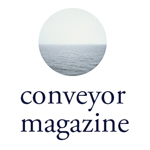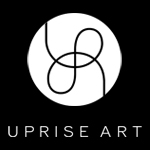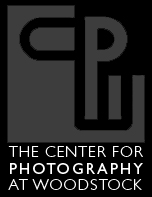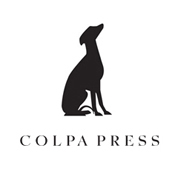Halloween Prelude, Part One.
The countdown is on: one week until Halloween, and five days until the opening of Macabre & Mysticism at Red Roots Gallery. To evoke the spirit of the season, Conveyor Editor Dominica Paige will dedicate one post each day to the spookier side of photography.
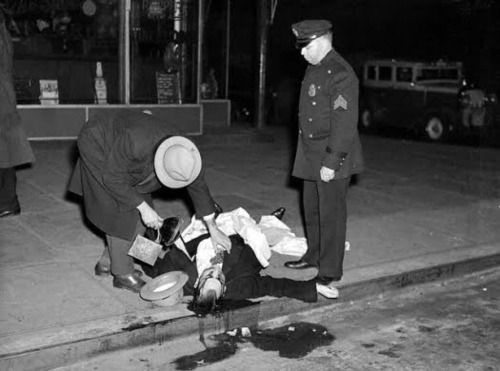
Weegee (Arthur Fellig)
It seems only natural to begin this series with Arthur Fellig, better known as Weegee, whose dramatic noir photojournalism captured the grime and glamor of city life.
With the emergence of tabloid newspapers in 1919 such as The Daily News, The Daily Mirror, and The Graphic, the photographing of death and crimes was nightmarishly circulated. These newspapers, with their graphic front-page photographs and captivating captions, remained popular until the 1960s, and radiated a dark glamour that served to exemplify how the banal becomes electrified by association with the imagery of a crime.
Weegee (Arthur Fellig)
Violating the traditional conventions of photography, photographers such as Tom Howard, Ed Giorandino, and Fellig depicted New York as a dangerous metropolis though their use of framing and lighting. The aesthetic of the crime photograph established a visual language further popularized in nor films such as Citizen Kane, The Wrong Man, and The Naked City.
These photos are not only compulsory records of New York but are also an intricate part of the visual language that has come to define the city, and continues to influence the mythological iconography of Gotham today.
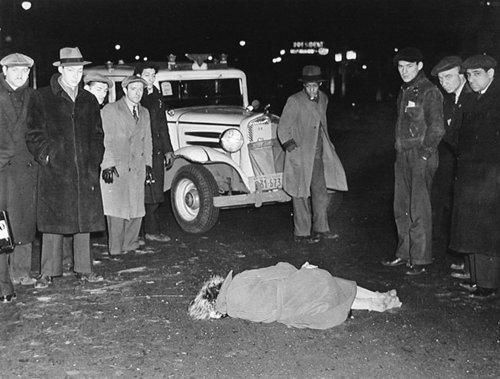
Weegee (Arthur Fellig)
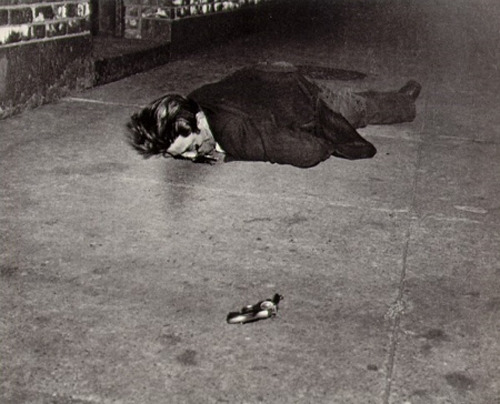
Weegee (Arthur Fellig), Murder in Hell’s Kitchen, 1944
Naked Hollywood: Weegee in Los Angeles opens at MoCA in November 2011 - { http://moca.org }
24 Oct 2011 / 16 notes / Weegee Arthur Fellig Dominica Paige MOCA Noir

